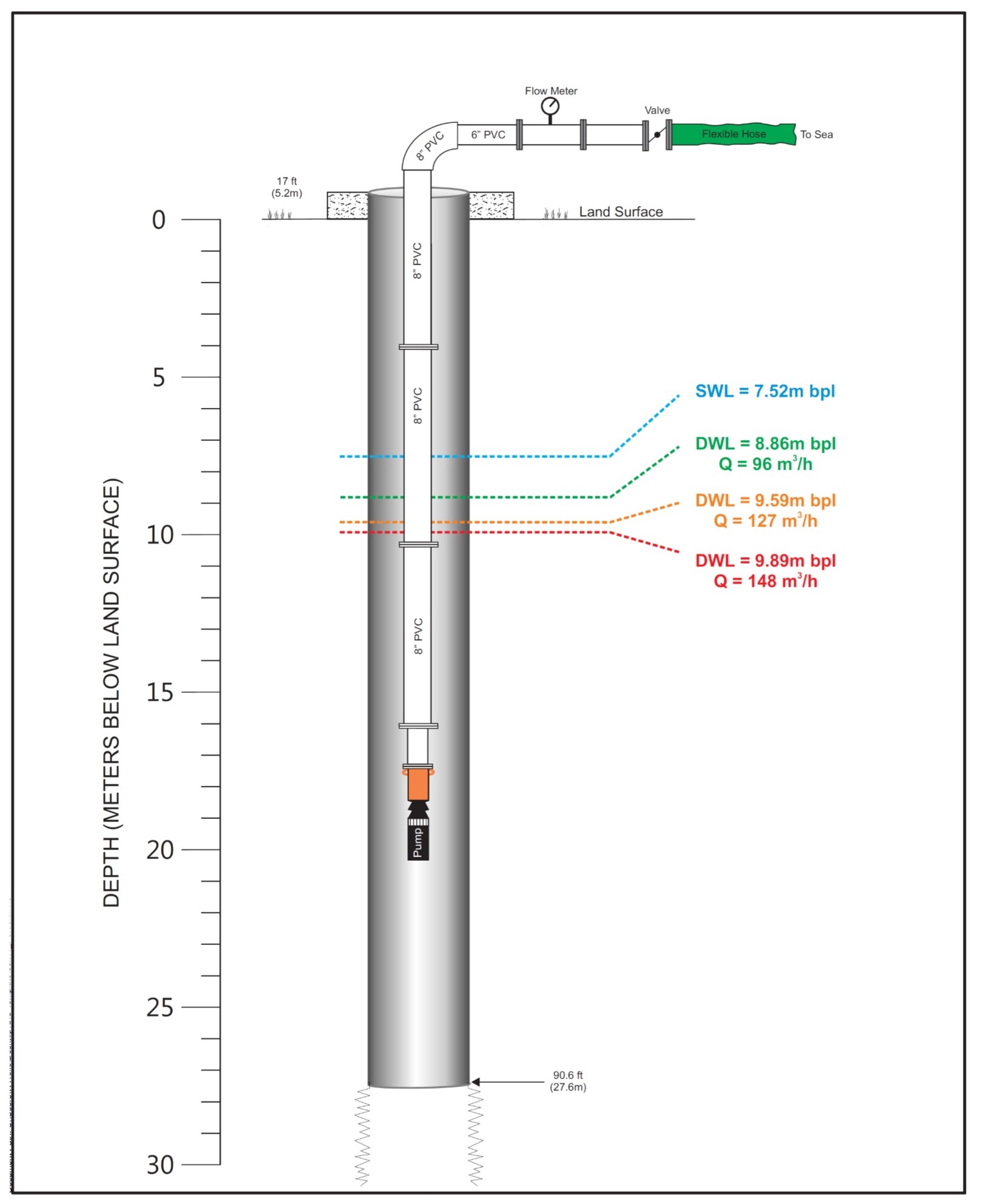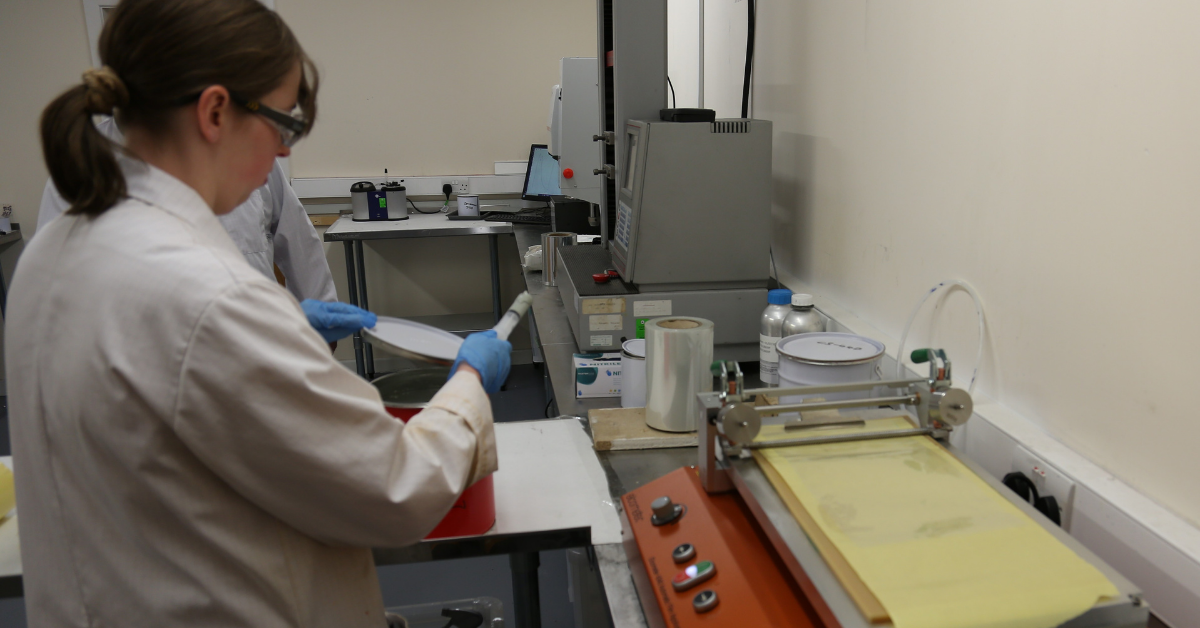
Drawdowns allow easy evaluation of wettability, opacity, color match, gloss, tack strength, drying weight, dye uniformity, degree of pigment dispersion, and other attributes.

Since most coating properties are thickness-dependent, it is imperative that the optimum thickness be determined for each application. The drawdown test is a fundamental laboratory technique which is used to evaluate interactions between flat surfaces (such as film, foil, and paper) and a myriad of inks, coatings, paints, suspensions, adhesives, colloids, powders, etc. A real field example is presented to illustrate such errors and the applied remedies to field application.Note: drawdown is shown at accelerated speed. After running the cases of the experimental design, the results are used to develop a linear predictive model to conduct sensitivity analysis. To reduce the errors and increase the confidence intervals, some remedies are used such as analyses procedure (deconvolution), design of well Tests (longer build up and more than one build up after sufficient flow). By using the determined input parameters an experimental design is constructed. In this study, uncertainties caused by input parameters and measured data are discussed rigorously. When used in well Test interpretation, each of them also brings its own source of errors. Lots of ambiguity in the results obtained from well Tests should be considered because input data is inevitably subject to estimation errors. However more work on precision of the input data is needed before using the calculated well Test parameters. Providing reserve estimation, identifying new well locations and well placement and avoiding dry holes are some important outcomes. Especially the identification the presence of the Reservoir boundaries is important for an appraisal well Testing. Reservoir parameters from the well Test data are essential for Reservoir management. Normally, rate is changed by a factor of two or three. The rate change imposed must be large enough to give significant change in a pressure transient behavior of the well. To ensure the best possible multiple-rate Test, the engineer must have an idea of a well's flow characteristics. These techniques should be used if the well is not shut-in long enough to reach static Reservoir pressure before the drawdown Test. If a constant rate cannot be maintained, a multirate Testing technique is used.
#DRAWDOWN TEST PROCEDURE SKIN#
Some of the important characteristics are the flow capacity “kh”, skin factors, and turbulence coefficient “D”. The purpose of the drawdown Testing is to determine the Reservoir characteristics that affect flow performances. Both single-rate and two-rate Tests are utilized depending on the information required. If the flow extends to the pseudo-steady state, the Test is referred to as a Reservoir Limit Test and can be used to estimate in-place gas and shape of the Reservoir. It can utilize information obtained in both the transient and pseudo-steady-state flow regimes.

This chapter deals with important Reservoir parameters that can be determined by flowing a well at a constant rate and measuring flowing wellbore pressure as a function of time, and this is called drawdown Testing. This chapter also discusses how superposition may be used when variable rates are involved. This chapter deals with the complete analysis of drawdown Test including transient, late transient, and semi-steady-state analysis including single, two-rate, variable-rate, Reservoir Limit Test, and multiphase and multiple-rate Testing. The method assumes an infinite-acting Reservoir during the entire Test period. In this chapter, the n -rate flow Test is discussed. To obtain a meaningful and useable information from variable-rate Tests, good flow rate data are much more critical than the conventional constant rate well Tests. An analysis technique applicable to pressure drawdown Tests during each of these periods including other types of Tests is also presented. The chapter discusses drawdown Tests in infinite-acting Reservoirs and developed Reservoirs, including two-rate, variable, multiphase, multi-rate drawdown Tests.
#DRAWDOWN TEST PROCEDURE SERIES#
A pressure drawdown Test is simply a series of bottom-hole pressure measurements made during a period of flow at a constant production rate.


 0 kommentar(er)
0 kommentar(er)
